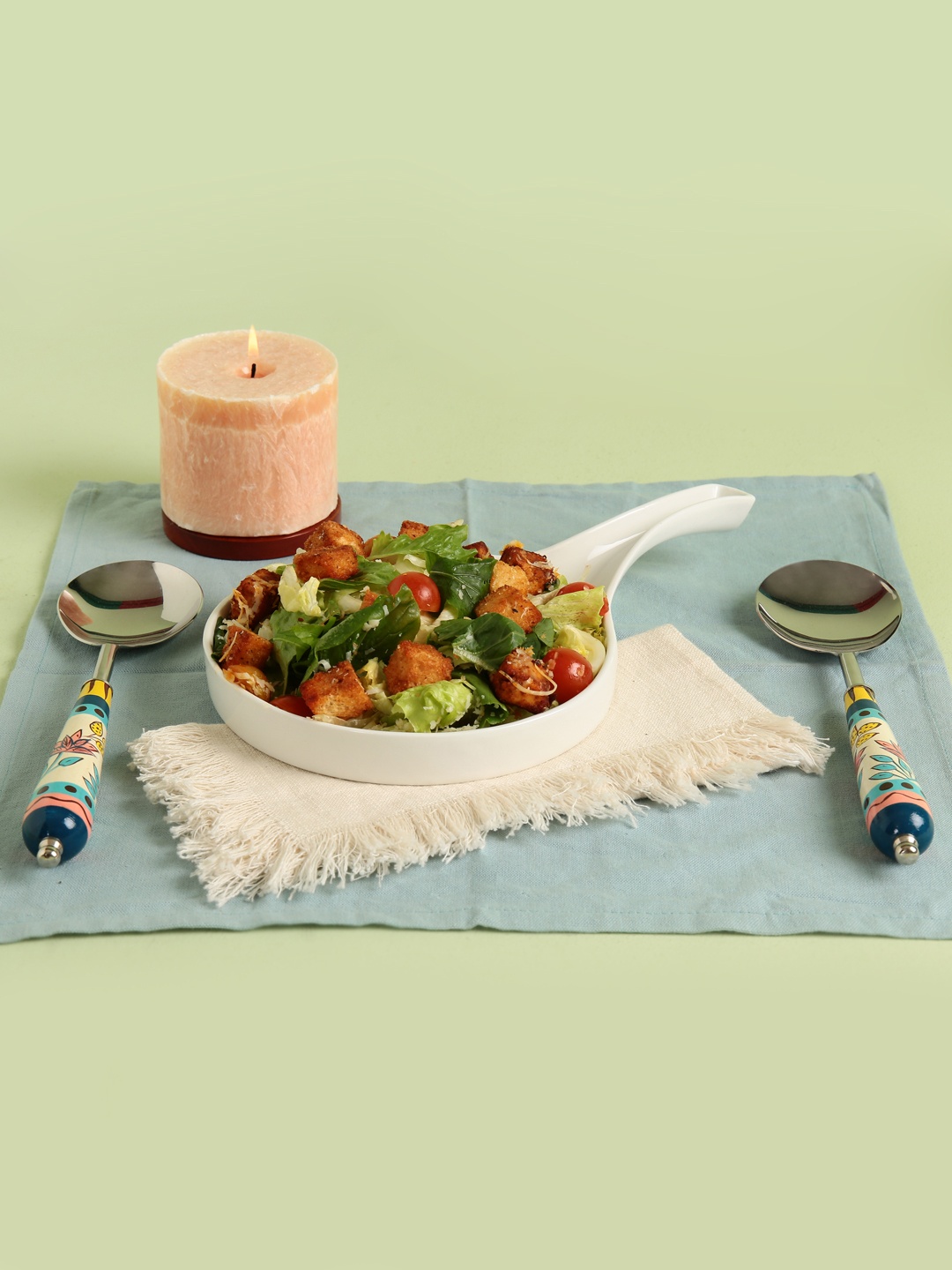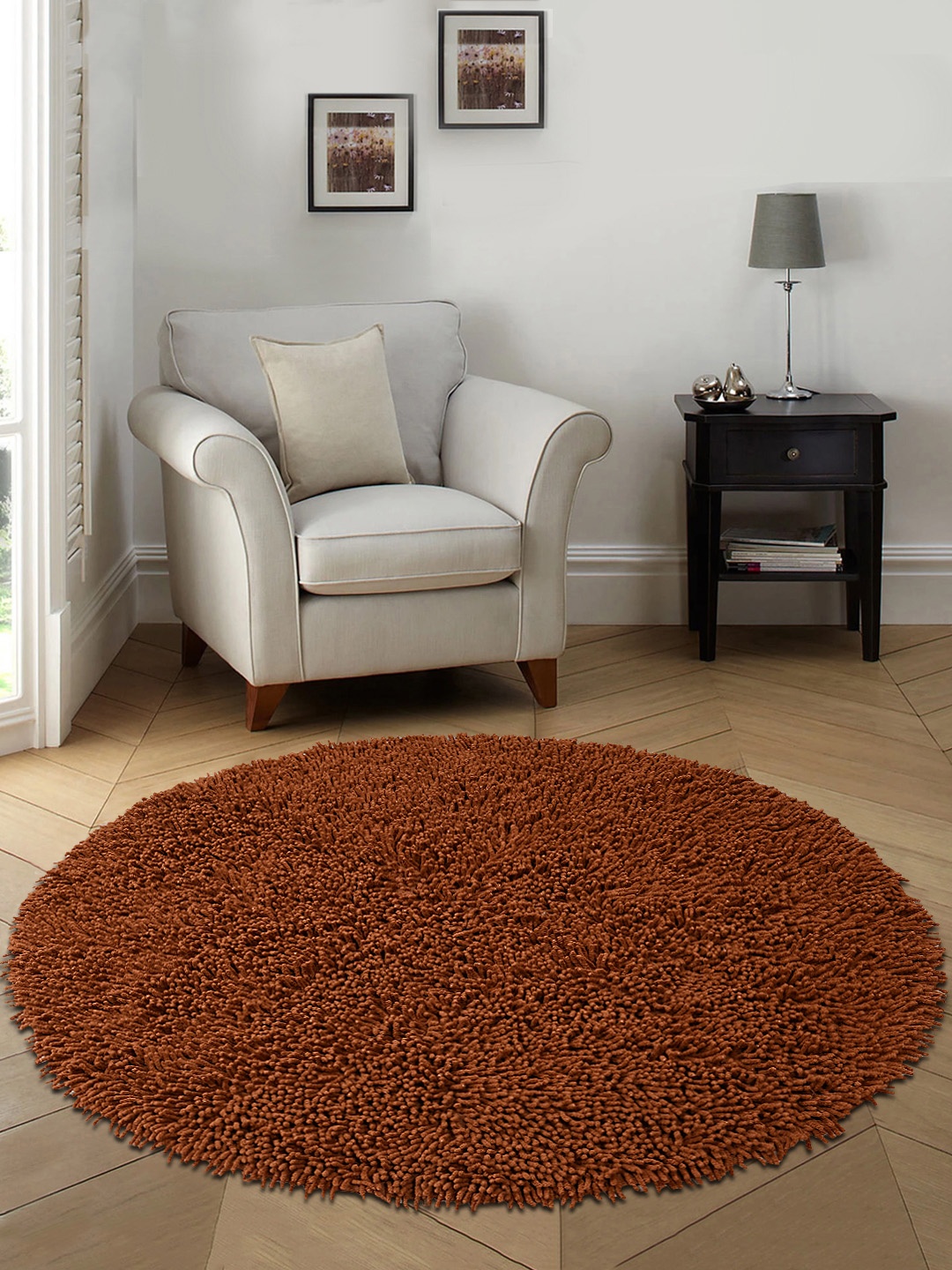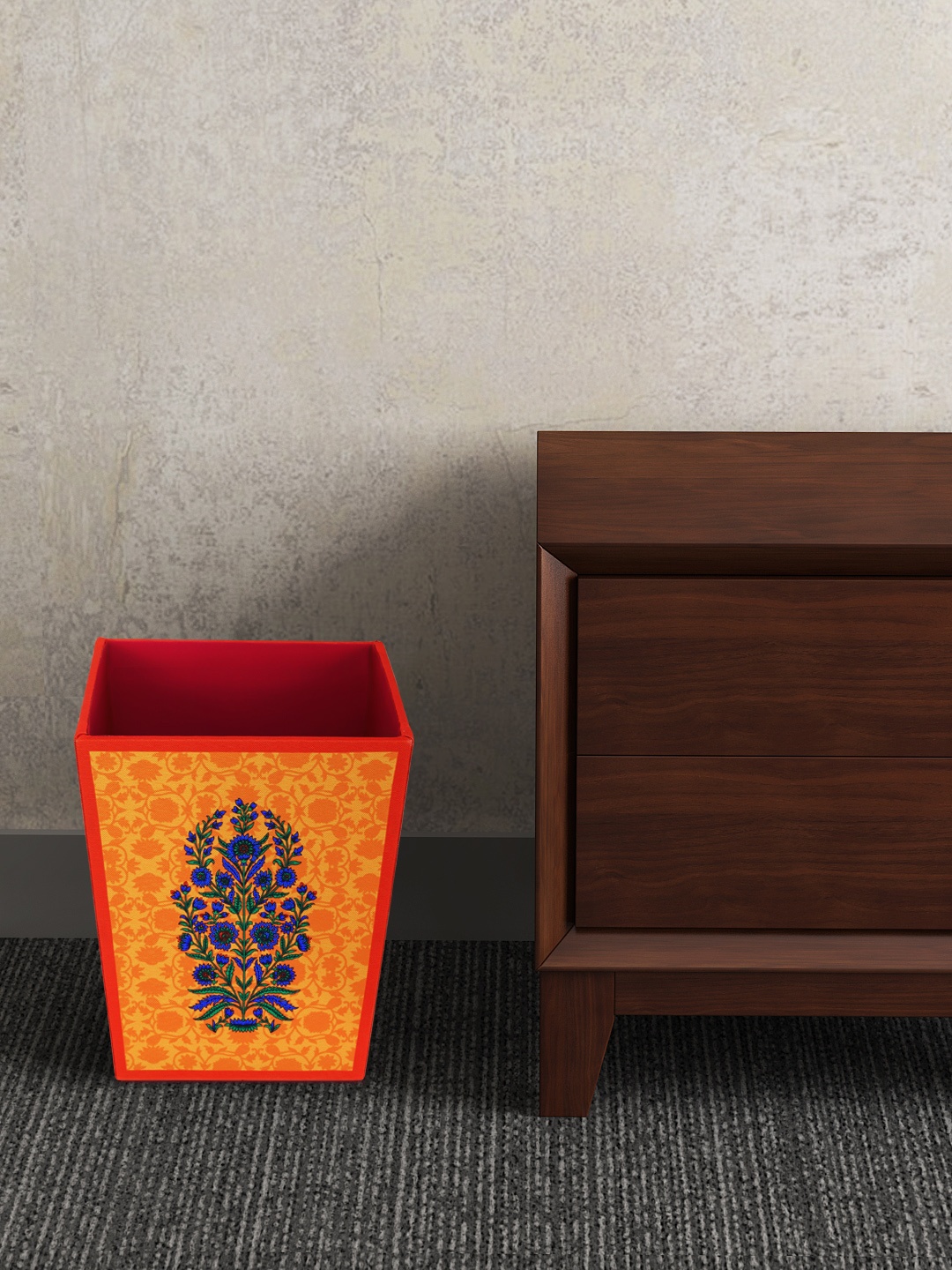Glass vs Ceramic Bakeware: Why Glass Is The Smarter Choice For Your Kitchen
From Sunday family lunches to festive feasts, the serving dish often becomes the unsung hero of the dining table. The debate between glass and ceramic bakeware is about convenience and the little joys that come with every meal. Here are the most important things you should know in the ceramic vs glass bakeware debate.

Why Glass Bake-and-Serve Is Smarter Than Ceramic - All You Need To Know.
Cooking is more than mixing ingredients in a pot; it's an experience that stirs memories, sparks creativity, and makes gatherings warmer. In homes where food is not just nourishment but an expression of love, presentation matters as much as preparation. While ceramic bakeware has been the long-standing favourite for many as must-have baking tools, the tide is shifting. Glass bake-and-serve dishes are finding their way into kitchens and onto dining tables, and for good reason.

Things you should know about glass vs ceramic bakeware
Photo Credit: Pexels
This isn't about dismissing ceramic altogether; it has charm and tradition on its side. But glass, with its clear elegance and practical brilliance, offers something smarter. Think of it as moving from a typewriter to a laptop: both serve the purpose, but one is simply more in tune with the pace and pulse of modern living.
So, let's break down why glass bake-and-serve is stealing the spotlight, point by point.
Glass vs Ceramic Bakeware: Why Is Glass Better
1. Transparency That Elevates Presentation
There's something magical about seeing food through glass. A lasagne with golden cheese bubbling on top and rich layers peeking from the side instantly stirs appetite. With ceramic, the effort remains hidden until the dish is served. Glass, however, creates theatre on the table, turning even a simple baked pasta into a centrepiece.
At family gatherings, where food doubles as décor, this visual appeal matters. Guests don't just eat; they admire. A caramel custard shimmering in a glass looks far more inviting than in a heavy opaque bowl. Even the everyday dal or sabzi, when served in a glass, carries a glow that makes the meal look special.
Presentation is not about extravagance; it's about elevating the ordinary. Glass allows the beauty of food to shine naturally, adding charm without fuss.
2. Health and Safety First
When it comes to bakeware, safety cannot be compromised. Many ceramic dishes are glazed, and some low-quality versions may contain harmful chemicals that leach into food. Glass, on the other hand, is naturally non-toxic and free of unwanted surprises.
In households conscious about what goes into the cooking pot, glass feels like a trusted companion. The assurance that no chemicals are sneaking into the curry or dessert makes every bite more comforting. For families with children, this becomes even more crucial, because nothing is more precious than peace of mind when feeding loved ones.
It's not about paranoia but about making smarter choices. Glass bakeware provides clarity, literally and figuratively, in a world where health is valued as much as taste.
3. Ease of Monitoring While Cooking
One of the most practical joys of using glass bake-and-serve is the ability to see what's happening inside. Baking a cake? The sides tell you whether it's rising evenly. Cooking au gratin? You'll know when the bottom layer has browned just right.
Ceramic leaves you guessing until you take the dish out of the oven. That often means either poking around with a knife or risking an overcooked base. Glass removes the uncertainty, letting you keep an eye on progress without disrupting the process.
This simple feature saves time, reduces errors, and adds confidence to cooking. After all, who doesn't want perfectly baked bread pudding without the anxious wait?

Unlike ceramic cassroles, glass baking trays give you a sneak peek into the cooking process
Photo Credit: Unsplash
4. Versatility Across Temperatures
From the freezer straight into the oven, that's a leap glass can handle gracefully. Ceramic, though sturdy, is more prone to thermal shock. Imagine preparing a batch of cutlets, storing them in the fridge overnight, and then sliding the same dish into a hot oven the next day. Glass manages this transition with ease.
For busy households, where meal prep is often done in advance, this versatility is priceless. Leftovers from yesterday can be reheated directly in the same dish without unnecessary transfers. That means fewer utensils to wash and fewer chances of breakage.
In a country where multitasking has become a survival skill, having cookware that adapts quickly makes life smoother. Glass isn't just a dish; it's a companion that works with you.
5. Lighter and Easier to Handle
Ceramic dishes often feel like they've been designed for arm workouts. Their weight can be intimidating, especially when filled with hot curries or layered desserts. Glass bakeware, in contrast, is lighter and easier to manoeuvre from oven to table.
This makes a difference during festivals or get-togethers when multiple dishes need serving. Passing around a heavy ceramic bowl can feel like a task, while a sleek glass dish glides comfortably from hand to hand. Even daily use becomes less of a strain when the cookware doesn't demand biceps of steel.
Convenience is often underrated, but in reality, it's what makes us reach for one dish over another. Glass wins here, hands down.
6. Low Maintenance, High Durability
Ceramic often chips at the edges or develops fine cracks over time. One careless bump against the sink and it may be history. Glass, surprisingly, is tougher than it looks. Tempered glass bakeware is built to withstand rougher handling and is less prone to permanent damage.
Cleaning also feels simpler with glass. Stains don't cling as stubbornly as they do on porous ceramic. Even oily gravies or sticky desserts can be washed off with a gentle scrub. For households that juggle work, children, and endless chores, this ease of maintenance is not just convenient, it's sanity-saving.
Durability doesn't mean indestructible, but when compared side by side, glass proves to be the long-distance runner in the race.

Glass bakeware is more prone to chips and nicks than ceramic ones
Photo Credit: Pexels
7. Budget-Friendly Without Looking Cheap
A decent glass bake-and-serve dish is often easier on the wallet than high-quality ceramic. For about ₹700 to ₹1,200, one can buy a sturdy glass dish that doubles as bakeware and serveware. A ceramic dish of similar quality might cost nearly double, and the risk of chipping makes it feel less cost-effective.
This affordability allows households to invest in multiple pieces, perhaps a rectangular one for lasagne, a deep dish for biryani, and smaller bowls for puddings, without denting the monthly budget.
Glass offers value for money while retaining elegance. It proves that style doesn't always have to come with a hefty price tag.
8. Microwave and Dishwasher Friendly
While ceramic is microwave-safe, not all ceramic dishes handle rapid heating and cooling well. Some may develop cracks over time. Glass, designed with modern kitchens in mind, works seamlessly in microwaves. Reheating yesterday's rajma-chawal or today's pasta is as simple as popping the glass dish straight into the oven.
Dishwasher cleaning is another bonus. Ceramic often needs a bit more care, while glass emerges sparkling after a quick wash cycle. For urban families relying heavily on microwaves and dishwashers, this ease adds immeasurable convenience.
Every minute saved in the kitchen is a minute earned for something else, whether it's finishing a work report or catching an evening show.
9. Stylish Minimalism
There's an understated elegance about glass. It doesn't shout for attention but enhances the food it carries. Unlike ceramic, which may clash with table décor due to patterns or colours, glass blends seamlessly with any setting.
Think of a Sunday lunch spread: steaming pulao in a glass bowl, kebabs arranged neatly in another, and gulab jamuns glistening in a smaller one. The transparency ties the meal together without looking cluttered or mismatched.
Minimalism has its own charm. It brings focus back to the food, which is, after all, the true star of any gathering.

Glass bakeware often looks more elegant than ceramic trays
Photo Credit: Pexels
10. A Sustainable Choice
Ceramic, when broken, often ends up in landfills with little chance of recycling. Glass, however, is fully recyclable, making it a more eco-conscious choice. For households keen on reducing their environmental footprint, glass bakeware is a small yet meaningful step.
Sustainability is not always about grand gestures. It's about the everyday decisions, like choosing a dish that lasts longer, reduces waste, and can be repurposed if broken. Using glass bake-and-serve is a subtle way of aligning lifestyle with responsibility.
In the long run, every conscious choice adds up, and glass offers the satisfaction of beauty, practicality, and responsibility in one clear package.
Products Related To This Article
1. Nestasia Blue & White 2Pcs Mandala Printed Ceramic Bakeware With Handle
2. MARKET99 Set Of 2 Black & Red Muffin Cups
3. FREEDOM TREE Set Of 2 Orange-Colored Textured Ceramic Ramekin Bakeware Set
4. BOROSIL Square Borosilicate Glass Easy Grip Oven & Microwave Safe Baking Dish
5. Eyaas White & Black Printed Ceramic BakingDish
6. The Better Home Zeno Transparent Printed Oval Borosilicate Glass Baking Tray
7. GOODHOMES Transparent Glass Bake & Serving Pot With Lid
Kitchen choices may seem ordinary, but they shape experiences, memories, and even family traditions. Between ceramic and glass, the smarter choice tilts clearly towards glass bake-and-serve. It offers visibility, safety, convenience, style, and value, qualities that suit the rhythm of modern homes.
While ceramic has nostalgia woven into it, glass adapts to present-day needs with quiet confidence. It bridges practicality and elegance, ensuring that food not only tastes good but looks inviting too.
In the end, the dish on the table is more than a vessel; it's part of the story being shared. And glass bakeware, with its brilliance and versatility, tells that story beautifully.
Disclaimer: The images used in this article are for illustration purpose only. They may not be an exact representation of the products, categories and brands listed in this article.








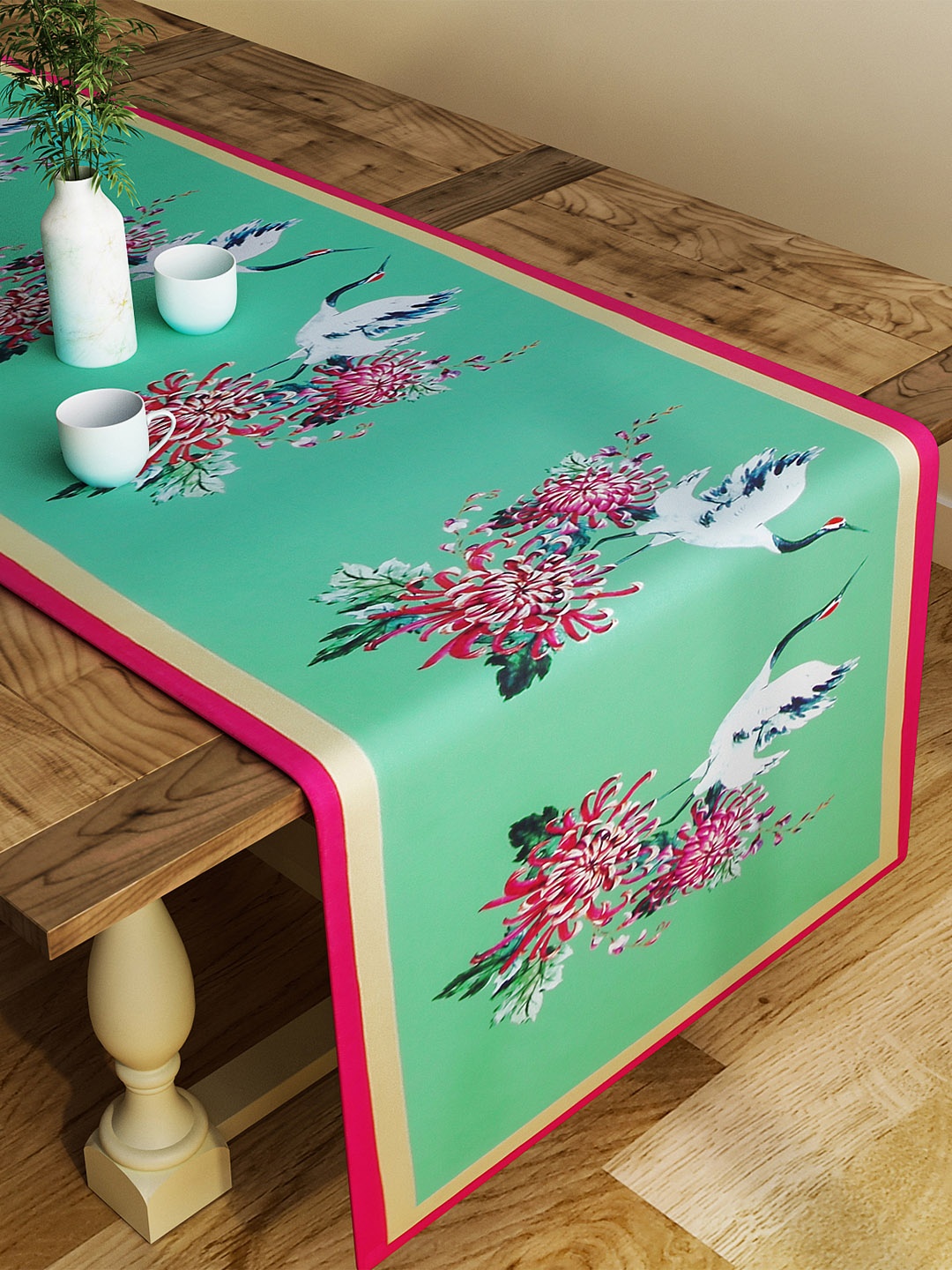


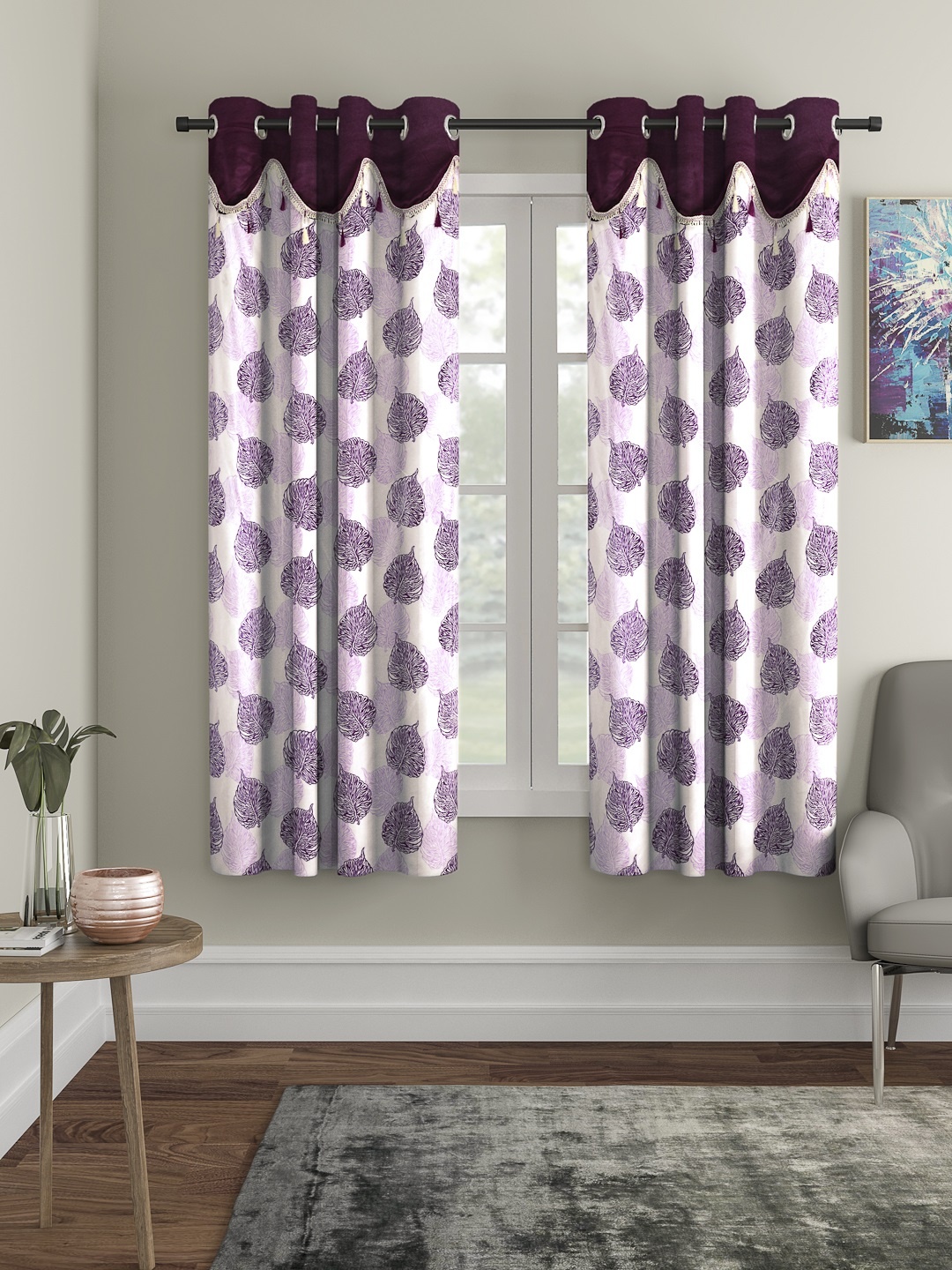


![Steam Iron Teflon Shoe Cover for ES-300,ST-96 [Only For ES-300 and ST-96 Model Electric Steam Irons]](https://m.media-amazon.com/images/I/51wwkttondL._SL160_.jpg)
